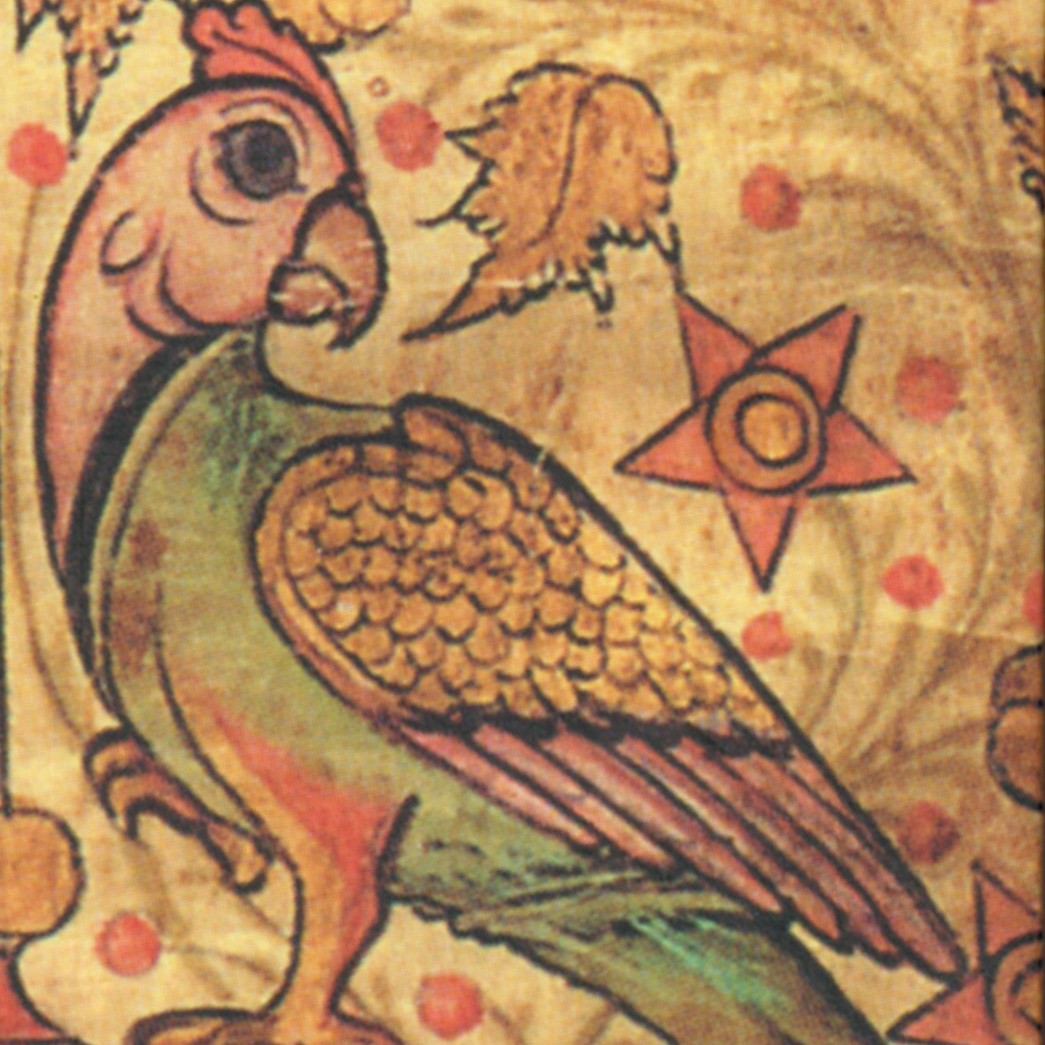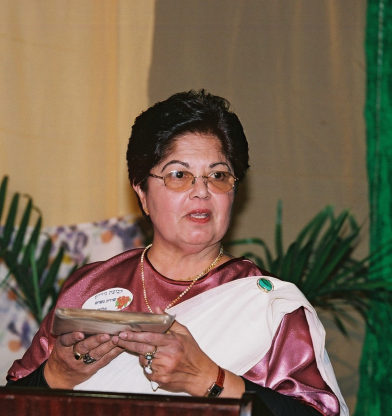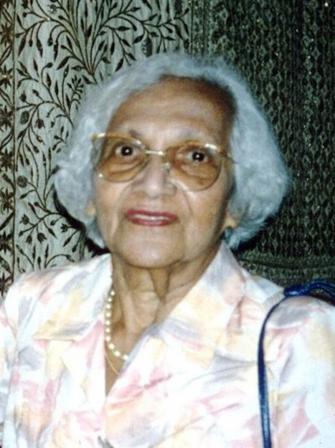1981
28. The Gold-Clad Bride
Miriam Daniel, Rahel Nehemia, Toba Sofer, Simcha Yosef. Recorded by Avigdor Herzog, Moshav Taoz, November 9, 1981. CD track 7; II-6.
Pŏnniṭṭa meni pŏḍi nilattu
Pŏyiṃboḷ ŏḷiyunna pěņņaṅṅaḷu (x2)
1. This woman whose body is all clad in gold,
This woman causes the whole world to shine. (x2)2. Of precious jewels, the diamond is she;
Of scented beings, camphor and rose. (x2)
3. Expert in needlework, stitched with gold,
Her skill with a needle was given by God. (x2)4. Proudly she walks now, swinging her arms.
Greatness You gave to her, Lord Tambiran. (x2)5. You are the One Who sustains the world.
In the beloved Shekhinah she dwells. (x2)6. Her marriage pendant is worn on a thread.
Long may she live, for one hundred years! (x2)7. We are the People of the Jews.[1]
In our synagogue let us bow down;
Let us bow down in our Jutapaḷḷi.
This is one of many songs traditionally sung the night before a wedding, at a women’s party, where the bride is adorned in her wedding finery. The mention of her dexterity in needlework probably refers to the gold decorations sewed onto her white silk blouse and lower garment. Self-confidence is evident in her proud walk with freely swinging hands—not the stereotyped image of a modest Indian bride!
The gold marriage pendant (tāli) mentioned in stanza 6 is typical of Kerala bridal customs, with a unique design for Jews, different from Hindu, Christian, or Muslim designs. In addition to a silver ring presented by the groom, Jews solemnized the marriage with a tali tied on seven threads around the bride’s neck by the bridegroom’s sister or another female relative (Walerstein-Sibony 1987, 102).
As noted in relation to song 26, Kerala Jews believed that when a bride emerged from her pre-wedding bath in the mikveh, her face was shining with the holiness of the Shekhinah (divine presence). This belief may be reflected in the image of her illuminating the world in stanza 1, as well as the specific Shekhinah reference in stanza 5.
This translation is a composite, combining verses from the three variants textualized by Zacharia (2005, M35, 36–37), plus lines translated by Ruby Daniel (Daniel and Johnson 1995, 180). In general, it follows the version sung on the CD, recorded in 1981 by four women from Kadavumbhagam-Kochi. The final lines in stanza 7 are from that oral version, concluding with the proud proclamation “We are the kulam (People) of the Jews.” See the commentary on song 5 for discussion of People (capitalized) as our translation of the Malayalam term kulam.
Special thanks to Nandini Ramesh Shankar for her insights on the interpretation and translation of this song.
________________________
[1] See the commentary on song 5 for a discussion of “People” (capitalized) as our translation of the Malayalam term kulam.







